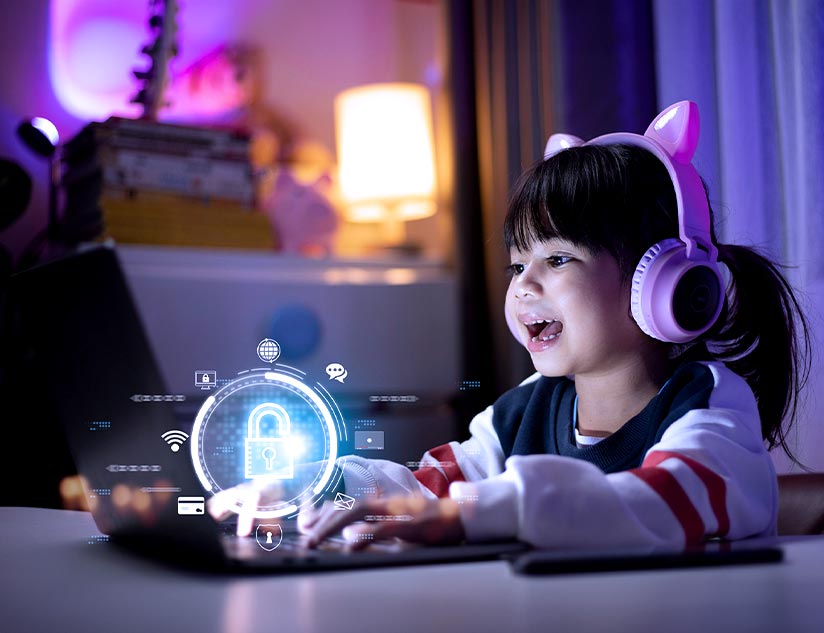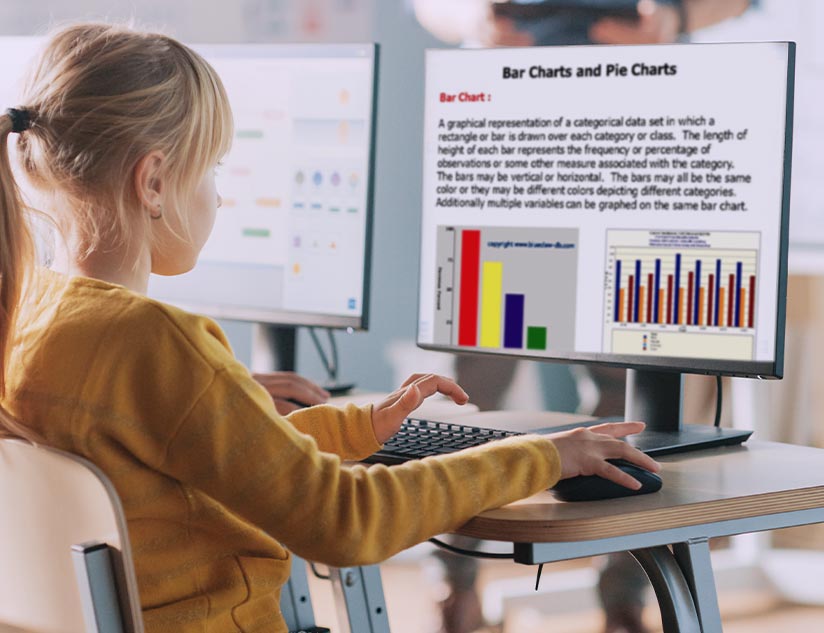Remote Learning Technologies That Will Rule in the Back-to-School Season 2021
May 4th, 2021
Although the digital shift in education was hasty, amid the COVID-19 pandemic, some of those changes are here to stay and determine the future of education. Educational technology allowed K-12 and higher education to continue uninterrupted, despite stay-at-home orders and widespread lockdowns. The enthusiastic adoption of EdTech tools and the adaptability of educators to use technology for continued education is commendable. What this experience did was help the education system and the world at large to recognize the power of technology to improve the learning experience.
Schools remained closed through most of 2020. Attempts at reopening them in some regions with lower COVID cases didn’t work out for too long. This was natural, given that teachers, parents and students were still very apprehensive about the pandemic. Now that it’s time for the 2021 back-to-school season, will things be very different? For one, President Biden released guidelines for school reopening in February 2021. In addition, he has earmarked a part of the stimulus package for schools. Unfortunately, the fear of virus spread still looms large.
Education is still likely to be largely online. In fact, we expect to see many of the EdTech tools being used currently becoming an integral part of education delivery in the future. Here’s a look at some of the top remote learning technologies that will define the 2021 back-to-school experience and beyond in the rest of 2021 school year.
Big Data and Analytics for Improved Instruction
Big data has been changing the landscape of almost every sector of the economy, so why not education? Big data analytics can make a huge difference in improving instruction, making it more personalized to address the needs of individual students. On the other hand, analytics can help policymakers fine-tune the curriculum to better academic outcomes, while publishers can make informed decisions on the types of content formats that work best for specific subjects.
Such analytics can provide insights into students’ learning behavior, their interactions with the content, and much more, which can help the education sector with:
- Descriptive analytics: Focused on understanding how students are using the learning materials at present, such as the level of student engagement.
- Predictive analytics: Data can be used to forecast how specific students could perform in the future, what content types would work best, and much more.
- Prescriptive analytics: Educators can provide the right support at the right time to enhance learning outcomes and create personalized learning paths.
Subscription-Based Content Access
Moving beyond MOOCs, educational institutions, students, and educators will benefit from moving to a subscription-based model. Whether limited by time or number of users, a subscription allows complete access to all materials within a course or even more than one course. This way, learners can move ahead or review previous materials in the course, based on their learning needs.
A digital learning solution that supports multiple subscription models also gives publishers the flexibility to support the varying needs of different educational institutions, all from the same platform.
Gamification in Learning
Gamification elements have proven their ability to increase engagement levels and ensure better learning outcomes. With aspects like leaderboards, badges, and more, healthy competition is nurtured, while students are motivated to move ahead in the course. It is also a great way to overcome the isolation of remote learning and build a sense of community among the students.
Adding gaming elements to learning materials is a great fit for Gen Z, the digital natives who love video games. In addition, gamification has proven to engage students regardless of their age, background, or ethnicity. Also, it gives well-defined goals for students to achieve, which works well to keep motivation levels high. Students get to learn in the familiar environment of gaming, which then makes it less intimidating to learn new or even difficult concepts.
Online Assessments
One of the key challenges to remote learning has been assessments. However, with advancements in technology, the creation, deployment, and grading of online assessments has been eased. Online question banks with various question types, such as multiple-choice, fill in the blanks, association, ordering, etc., can easily be distributed by publishers, along with the scoring tools. In addition, video assessments can now be used for real-time skills demonstrations, presentations, and much more.
Subjective, long answers were always a challenge in the online format. That too has now been eased with machine learning-based evaluation matrices that can automate the grading of such answers. All the teachers need to do is to provide the ideal answer and the matrix evaluates student responses with these ideal answers, while also checking for grammar and quality.
In addition, EdTech has also eased remote proctoring, with the use of webcams. Invigilation of examinations can even be automated now, removing all constraints of location and the need for physical invigilation.
Improved Collaboration
One of the key criticisms of remote learning has been the isolation of students from their peers. With collaborative tools, EdTech has enabled group assignments and assessments. Interactive forums, message boards, and more have allowed better connections between students while promoting peer-to-peer learning. This also helps develop soft skills among students, which is much sought-after in the professional world.
Conclusion
These are only some of the EdTech trends that are likely to dominate the future of education. Even AI, which has been long-awaited in the education sphere, is now part of the best digital learning platforms. AI is enhancing personalized learning, while easing discoverability of content and providing support for learning 24/7.
Are you armed with the right EdTech tools to take education into the future? Contact us to learn how MagicBox™ enhances education delivery.














